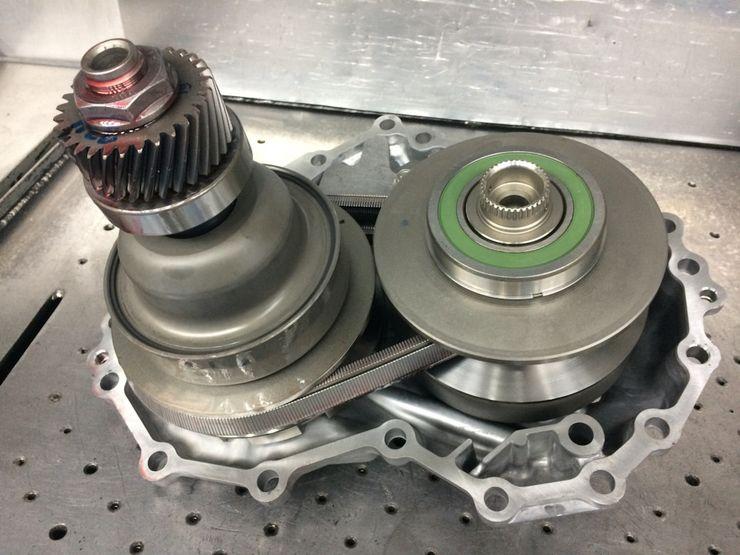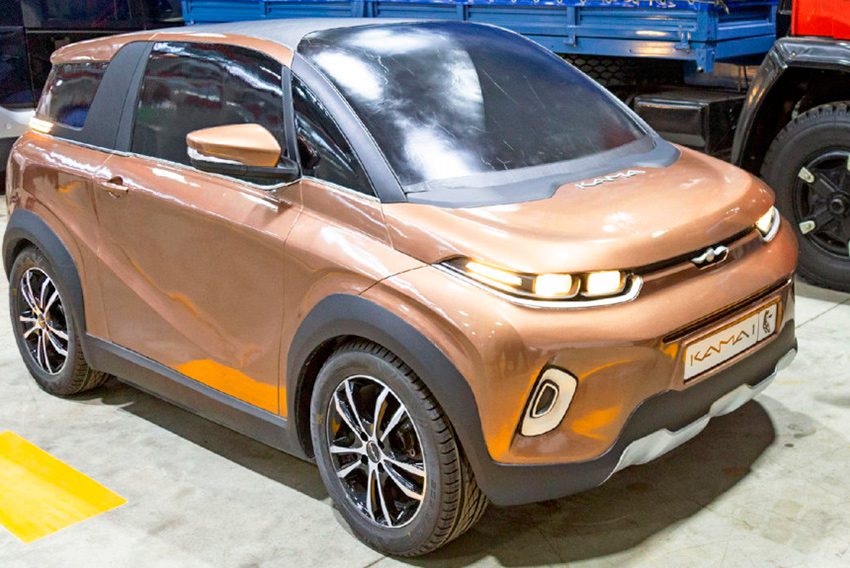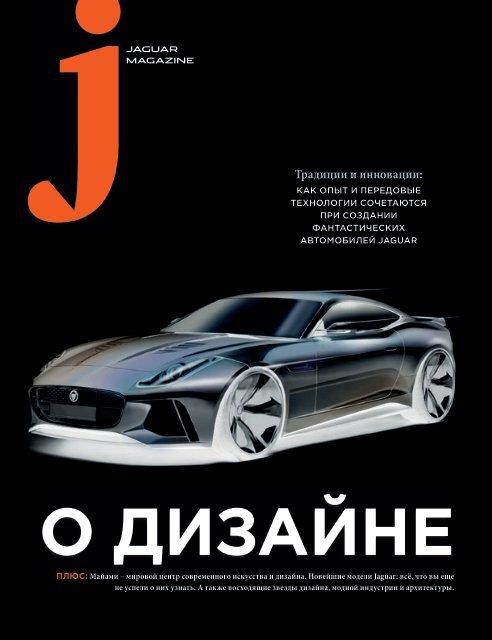
Electric cars are already here, but do we care?

The Tesla Model 3 was released last month as the most affordable vehicle in the brand's lineup.
There is a lot of hype around electric vehicles (EVs) these days as more and more vehicles as diverse as the Tesla Model 3, Porsche Taycan and Hyundai Kona EV enter the scene.
But electric vehicles still make up only a small part of the new car sales market, and while they tend to grow from a low base, there is still a lot of work to be done for electric vehicles to become mainstream.
Look at what we are actually buying at the moment, and this is far from the electric vehicles on offer.
According to the August New Car Sales Report, the top-selling model in the country is the Toyota HiLux ute, followed by its rival Ford Ranger, and the Mitsubishi Triton is also in the top XNUMX sales.
On that basis, it seems that the gasoline and diesel cars we buy and enjoy today will be around for the foreseeable future. So what's left for the electric car in the Australian market?
They are the future

Make no mistake, the era of electric vehicles has begun. How long it takes to take root and flourish remains a more pressing question.
See what's happening in Europe - a key indicator of what we can expect in Australia in the coming years.
Mercedes-Benz introduced the EQC SUV, the EQV van and most recently the EQS luxury sedan. Audi is gearing up for a local launch of the e-tron quattro and others will follow. Then comes the looming onslaught of electric Volkswagens, led by the ID.3 hatchback.
In addition, you can add EVs from BMW, Mini, Kia, Jaguar, Nissan, Honda, Volvo, Polestar, Renault, Ford, Aston Martin and Rivian that are out there or coming soon.
The increase in the variety of electric vehicles should play its part in boosting consumer interest. Until now, they have been significantly more expensive than similarly sized petrol models or relatively niche premium options such as the Tesla lineup and more recently the Jaguar I-Pace.
If battery-powered cars are available in Australia, car companies will have to provide consumers with the type of car they need.
Perhaps the VW ID.3 fits that mold as it will compete with the popular Toyota Corolla, Hyundai i30 and Mazda3 in size, if not original price. As more electric hatchbacks, SUVs, and even motorcycles become available, this should boost interest and sales.
In August, the federal government released a report predicting that the share of electric vehicles in Australia will reach 2025% by 27, skyrocket to 2030% by 50 and could reach 2035% by 16. leaves 50 percent of cars on the road, relying on some form of internal combustion engine.
Until recently, electric vehicles made up only a small percentage of the market and were largely irrelevant to many consumers, but new additions should help change that.
Growing interest
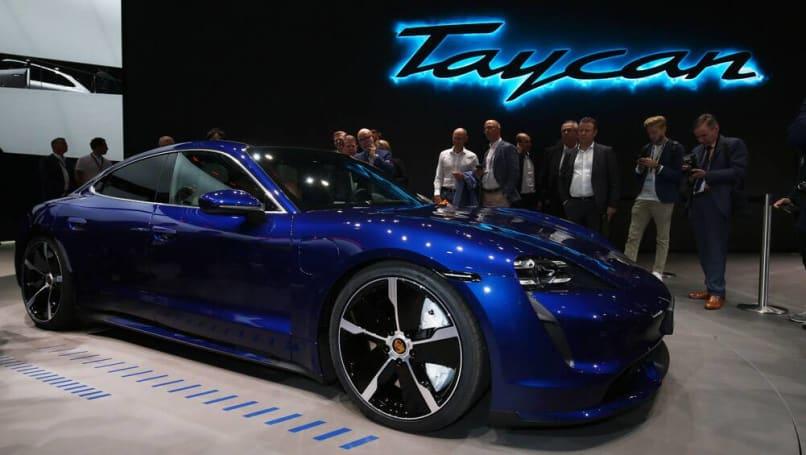
Recently, the Electric Vehicle Council (EVC) produced a report titled "The State of Electric Vehicles" after polling 1939 respondents. This is a small number for the survey, but it should also be added that a large number of them were taken from members of the NRMA, RACQ and RACQ, which indicates that they are more aware of automotive trends.
However, the report did draw some interesting findings, most notably those interviewed who said they had explored electric vehicles, which rose from 19% in 2017 to 45% in 2019, and those who said they would consider buying an electric car with a price of 51%. cent.
Scott Nargar, Senior Future Mobility Manager at Hyundai Australia, believes there is a noticeable upward trend in consumer interest. He admits he's surprised at the number of private buyers buying Hyundai Kona and Ioniq electric vehicles, given that fleets were originally supposed to lead sales.
“I think there is massive consumer engagement,” Mr. Nargar said. Autogid. “Awareness is growing; engagement is growing. We know that intent to buy is high and getting higher.”
He believes the market is approaching a tipping point, driven by a range of factors, including empowerment, climate change and the political landscape.
“People are on the brink,” Mr. Nargar said.
No incentive
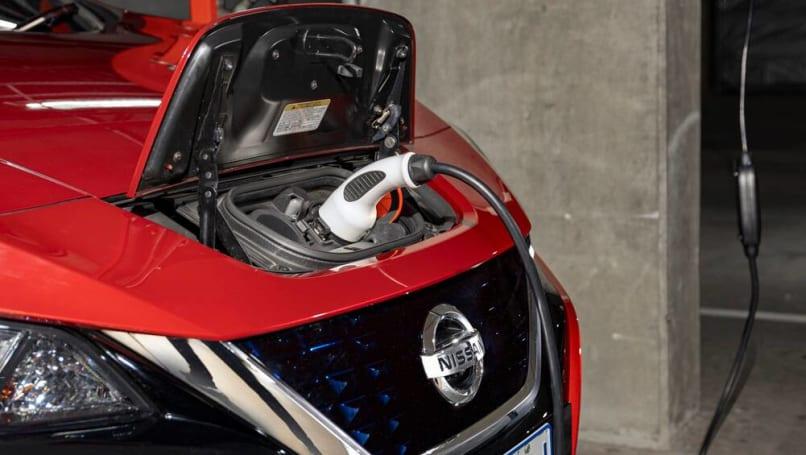
The federal government is in the process of finalizing its electric vehicle policy, which will likely be published in early 2020.
Ironically, the government publicly ridiculed Labour's EV policy during the election campaign, which called for 50% EV sales by 2030, and the government's own report, mentioned earlier, indicated that we were just a five years.
While it remains to be seen what the government will do to support the introduction of electric vehicles, the auto industry does not expect financial stimulus to be part of the plan.
Instead, people who buy cars are expected to switch to electric vehicles due to preference – be it efficiency, performance, comfort or style. Like any fast-growing market, electric vehicles will attract more customers who want to try something new and different.
Interestingly, while the government and opposition were arguing about EVs but actually offering very little to consumers, Mr Nargar said the public debate during the election campaign led to increased interest in EVs; so much so that Hyundai has depleted its local stocks of the Ioniq and Kona EV.
Make it easier

Another important factor that will help increase interest in electric vehicles is the expanding public network of charging stations.
Mr. Nargar said Hyundai is working with a wide range of companies, including oil companies, supermarkets and charger suppliers, to help expand public charging space. The NRMA has already invested $10 million in a network for its members, and the Queensland government, along with specialist company Chargefox, has invested in an electric superhighway running from Coolangatta to Cairns.
And this is just the beginning. This went largely unnoticed, but Gilbarco Veeder-Root, the dominant force in the fuel tanker industry, took a stake in Tritium; a Queensland-based company that manufactures fast chargers for electric vehicles around the world.
Tritium supplies about 50% of its chargers to Ionity, a European network supported by a consortium of automakers. The partnership with Gilbarco gives Tritium the opportunity to talk to the majority of service station owners across the country with the goal of adding one or two electric vehicle chargers along with their petrol and diesel pumps.
Supermarkets and malls are increasingly investing in electric vehicle chargers as it gives people a convenient time to recharge while away from home.
The key to boosting EV sales on this public network is that all the different providers will use the same payment method, Mr. Nargar said.
“User experience is key,” he said. “We need a single payment method, be it an app or a card, across the entire infrastructure network.”
If the various parties can work together to create a smoother experience in convenient public spaces, then that could be the key to getting people to care about the new wave of electric vehicles heading our way.
